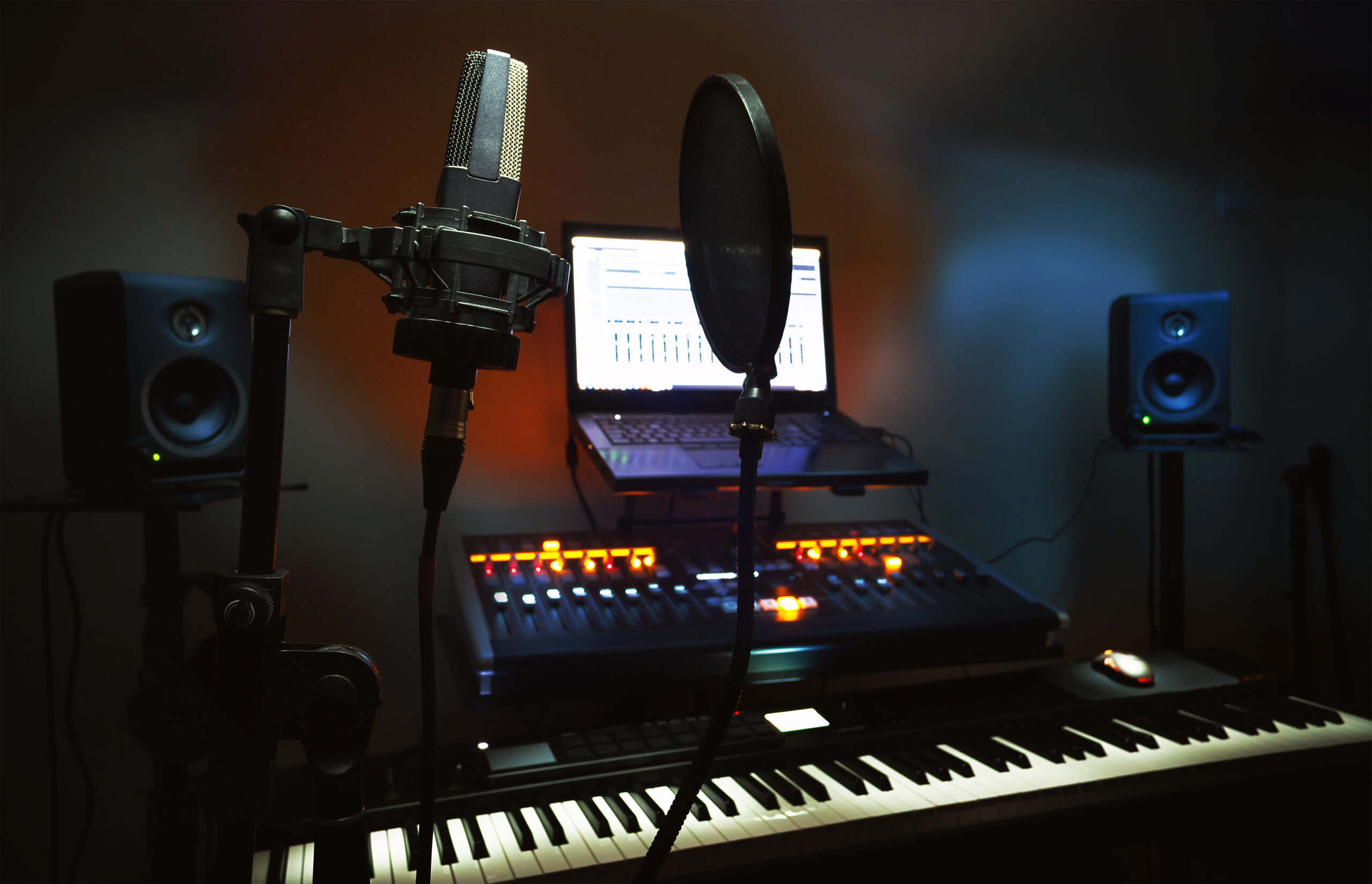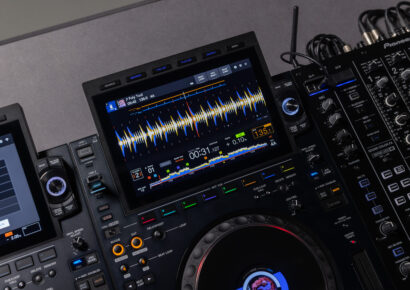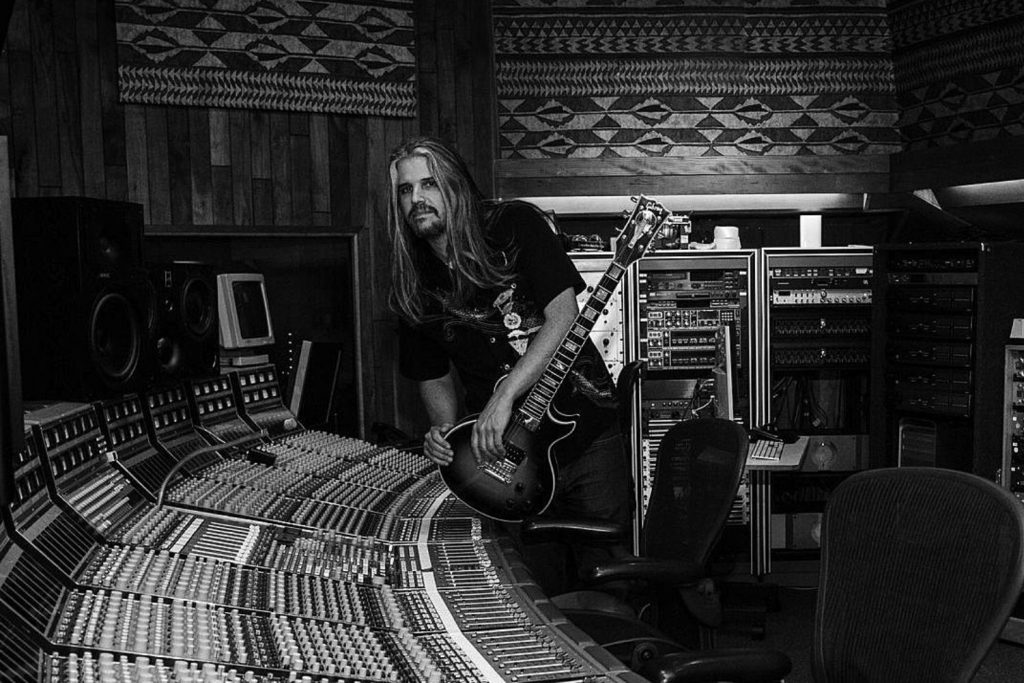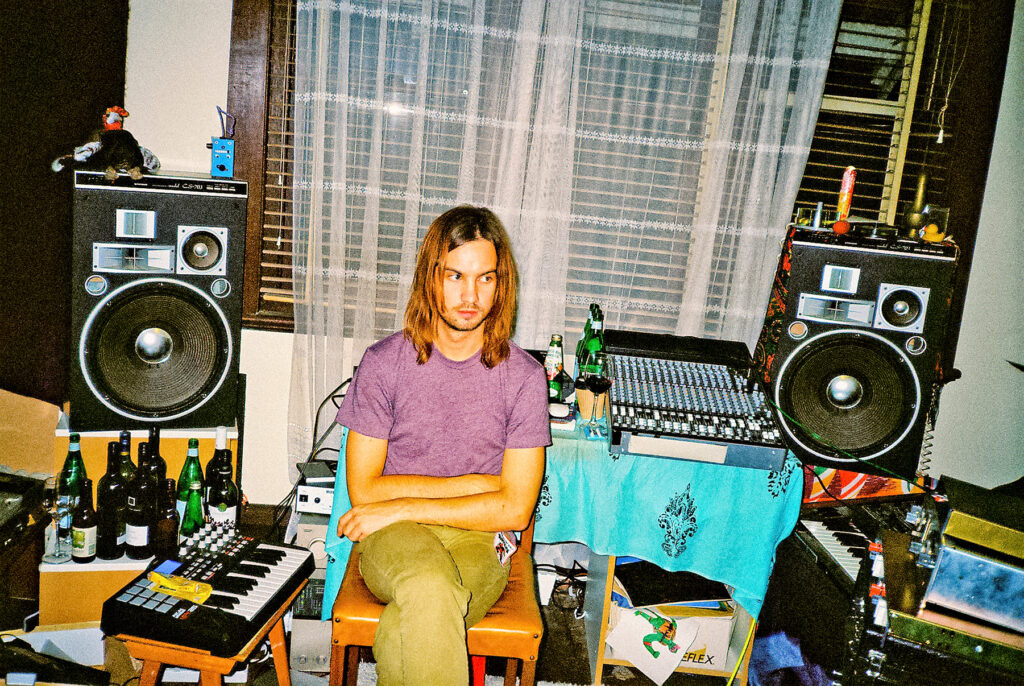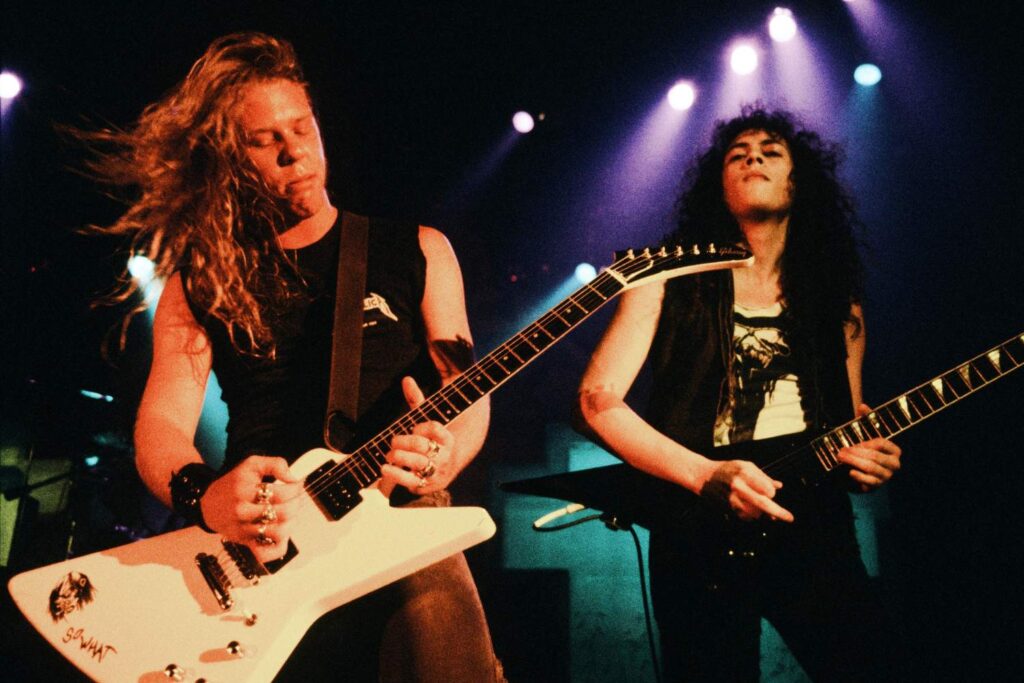The sound of a room adds to the character of a recording, and that doesn’t have to be compromised when working in a home studio. While your bedroom, spare room or otherwise might be a compromised acoustic space, it’s still a unique space that can be harnessed with a little know-how.
Here, we’ll discuss both recording the space itself as well as digitally adding ambience and depth to your home studio recordings. Our reasoning here is that, usually, home studio recordings are very dead, often being recorded under doonas, in cupboards or other overly treated spaces because of the imperfect and unpredictable acoustic quality of home studios— we get it! However, a little liveliness can breathe life back into your recordings.
Catch up on all the latest features and interviews here.
Select a single reverb
Digitally, we have a world of reverb plugins available, and while expansive, shimmering reverbs that sound like the echo of a canyon are fun, there are also some great room sounds available. A great option in the digital world is to select a single reverb to be used as an auxiliary, or to use 2-3 reverbs for your entire mix.
With a single reverb, you can send as much or as little of each signal in your mix to it, adding more or less depending on your preferences. Having multiple signals sent to the same source removes a bit of separation from the reverb itself, but it does a better job of mimicking the bleed and ambience of a real room. Even a single reverb per instrument, i.e. drums, can help glue everything together a bit more, and give a better sense of identity than multiple reverbs for each source.
Use three dedicated reverbs
Another great way to add space to a mix is to use three dedicated reverbs for short, medium and long reverb, for close, mid and far sounds respectively. For example, you might use a long reverb time and longer pre-delay for your ‘Long’ reverb, and sending things like drums to this will help them feel further back in the mix. Something further away in the room will both take an extra moment to reverberate to the walls (pre-delay) as well as the reverb being longer as it echoes through the space (reverb time).
A guitar might be a bit further forward, so this would be sent to your mid reverb, and a vocal might be your short. Don’t forget that there’s a secret fourth tool for this, in that some sources can have no reverb! If the whole band has a little reverb and the lead vocal or guitar solo has none, that source will feel much closer to you than the others, making for a very in-your-face sound.
Record the ambience
Another surefire way to add character and space to your recordings is to just record it! While this’ll eat up an extra microphone and preamp with every recording, it can be great to just have an extra ambient mic recording while you record other things. It doesn’t need to be a world-class room sound; simply the extra ambience, distance and space captured by the mic, when compared to the main source mic, can add a sense of the real world to your recordings. Stereo pairs are great, but this will work just fine in a mono context, these being a great sound to blend in as is or process to your heart’s content (maybe a 100% wet reverb?) These roomy mics can be great to stereo-fy a mono signal, or to process heavy-handedly in parallel with your main source that remains clean and dry. An ambient mic on every track can give a sense of space, even if that ‘space’ is your bedroom!
Re-amp your home studio recordings
One final trick is re-amping your home studio recordings. This takes a little extra know-how and a bit more gear, but a finished and mixed song can be played through a speaker into a room, the room itself being mic’d up as if the ‘band’ (your mix) were playing in it. This recorded sound, mono or stereo, can then be blended back into the space to reinject some reality into your mix. Keep in mind that when you’re recording a signal that’s being played back in the same room, you can create a feedback loop pretty quickly! So mute or unmute any tracks before they take off.
The name of the game in all of this is character. Sterile, dry home studio recordings are sometimes unavoidable, and until the first cheque clears from a #1 smash hit, a lot of us are stuck producing, creating, writing and mixing in whatever space we have available – and that’s okay!
Using the space itself will give your music identity and character, even if it’s imperfect acoustically. Some of the best recordings of all time sound the way they do because of the spaces they were made in, warts and all, and that’s what I implore you to do. Digital reverbs are a great way to bring a sense of reality to dry home studio recordings by using roomy reverbs and short, medium and long auxiliaries to limit yourself to one ‘space’. Re-amping your sounds into a real room can also give a sense of space, and even blended at a low level, add depth, body and a sense of the real world to your music.
